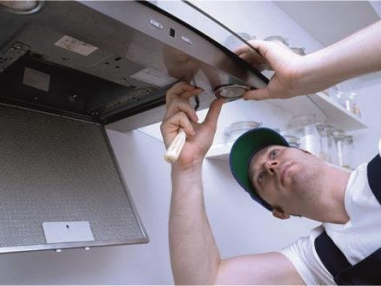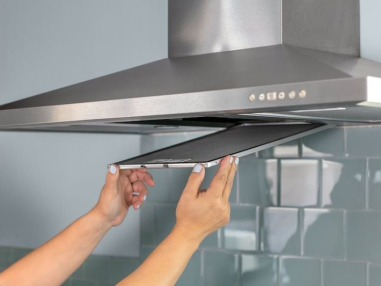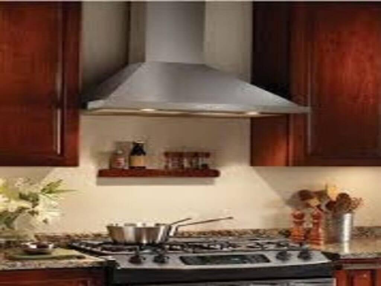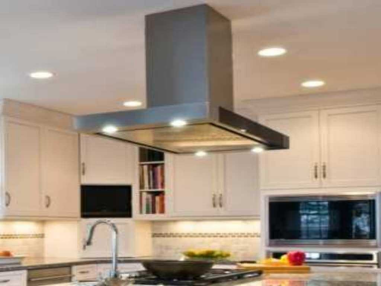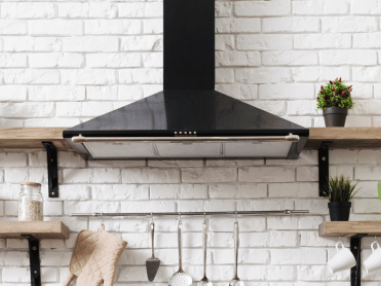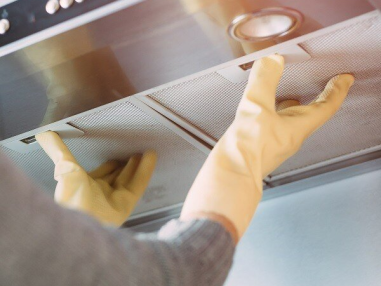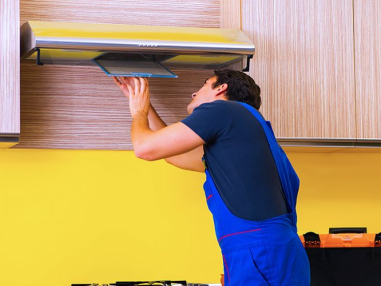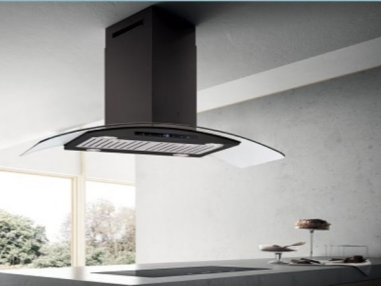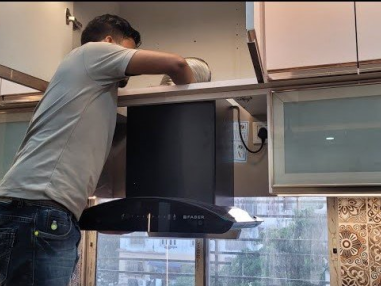Basic/Wall Mounted Chimney Deep Cleaning (2 Hrs)

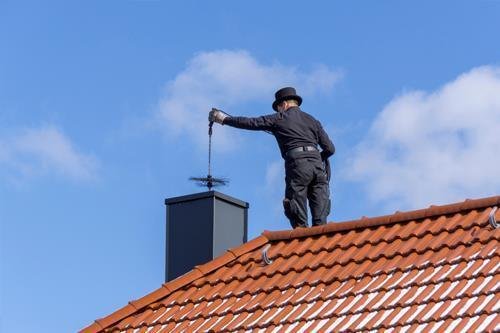
Deep cleaning a wall-mounted chimney requires more effort and attention to detail compared to basic cleaning. Here's a breakdown to help you decide if you can tackle it yourself
Suitable for Deep Cleaning (if you have):
Strong Skills and Confidence: You'll be working with potentially heavy components and tight spaces. Disassembling and reassembling the chimney requires good mechanical skills.
Advanced Tools: In addition to basic cleaning supplies, you might need a socket wrench set, a putty knife (for scraping stubborn grease), and possibly a flashlight
for better visibility in concealed areas.
Chimney Manual: Refer to your specific chimney's manual for detailed disassembly instructions and recommended cleaning methods for delicate parts.
Deep Cleaning Process (General Overview):
Safety First: Turn off the chimney and unplug it from the power outlet. Let it cool completely. Cover the surrounding area with a drop cloth. Wear gloves, safety
goggles, and a dust mask for protection.
Disassemble the Chimney (carefully): Following the chimney's manual, remove the grease filters, canopy (hood), and any accessible panels or compartments. Be mindful of screws, brackets, and electrical wires during disassembly. Label or bag parts for easier reassembly.
Clean the Removed Parts:
Soak the grease filters in a solution of warm water and baking soda or vinegar for several hours to loosen tough grease. Wash them with warm soapy water and a non-
abrasive sponge. Let them dry completely before reinstalling.
Wipe down the canopy, panels, and other disassembled parts with warm soapy water and a non-abrasive cleaning solution (refer to the manual for specific
recommendations). You can use a degreaser for stubborn grease buildup, following the product instructions carefully.
Use a long-handled brush and a vacuum cleaner with a hose attachment to remove dust, cobwebs, and debris from these parts.
Clean the Canopy and Vent (if accessible):
If your chimney manual allows for safe access, use a long-handled brush and the vacuum cleaner to clean the canopy's interior and the reachable areas of the vent
pipe.
Important Note: Deep cleaning the entire vent system, especially if it's long and extends outdoors, is often recommended for professional chimney sweeps. They have
the expertise, tools, and safety measures to ensure a thorough cleaning throughout the venting system.
Clean the Fan and Motor Area (if accessible):
Some chimney manuals might provide instructions for accessing the fan and motor area for basic cleaning. This typically involves wiping down the blades with a damp cloth and vacuuming loose debris.
Caution: Never attempt to lubricate or disassemble the motor yourself. If you notice any signs of motor damage or unusual noises, consult a qualified appliance
repair technician.
Clean the Chimney Body (exterior):
Once everything is disassembled, use a damp microfiber cloth with warm soapy water to clean the chimney's exterior surfaces. For tougher grime, use a baking soda
paste or a non-abrasive cleaner recommended in your manual.
Reassemble the Chimney: Carefully put everything back together, following the reversed order of disassembly and referring to your manual for proper placement of parts and screws. Ensure all connections are secure before plugging the chimney back in.
Important Considerations for Deep Cleaning:
Electrical Safety: Be extra cautious when cleaning around electrical components. Ensure the power is off and avoid using excessive moisture in these areas.
Delicate Parts: Handle delicate parts like the motor and control panel with care. Follow the manual's instructions to avoid damaging them.
Weight of Components: The canopy and other parts can be heavy. Enlist help if needed to avoid straining yourself or dropping components during disassembly or
reassembly.
When in Doubt, Consult a Professional: If you're unsure about any step, feel uncomfortable working with certain parts, or suspect a deeper cleaning issue beyond your
expertise, call a professional chimney sweep.
Benefits of Professional Deep Cleaning:
Thorough Cleaning: Professional sweeps have specialized tools and techniques to ensure a more comprehensive cleaning throughout the entire venting system, including hard-to-reach areas.
Safety Expertise: They can identify and address potential safety hazards like grease buildup in the vents that could lead to fires.
Peace of Mind: They can inspect the chimney for any underlying issues and recommend repairs if necessary.
